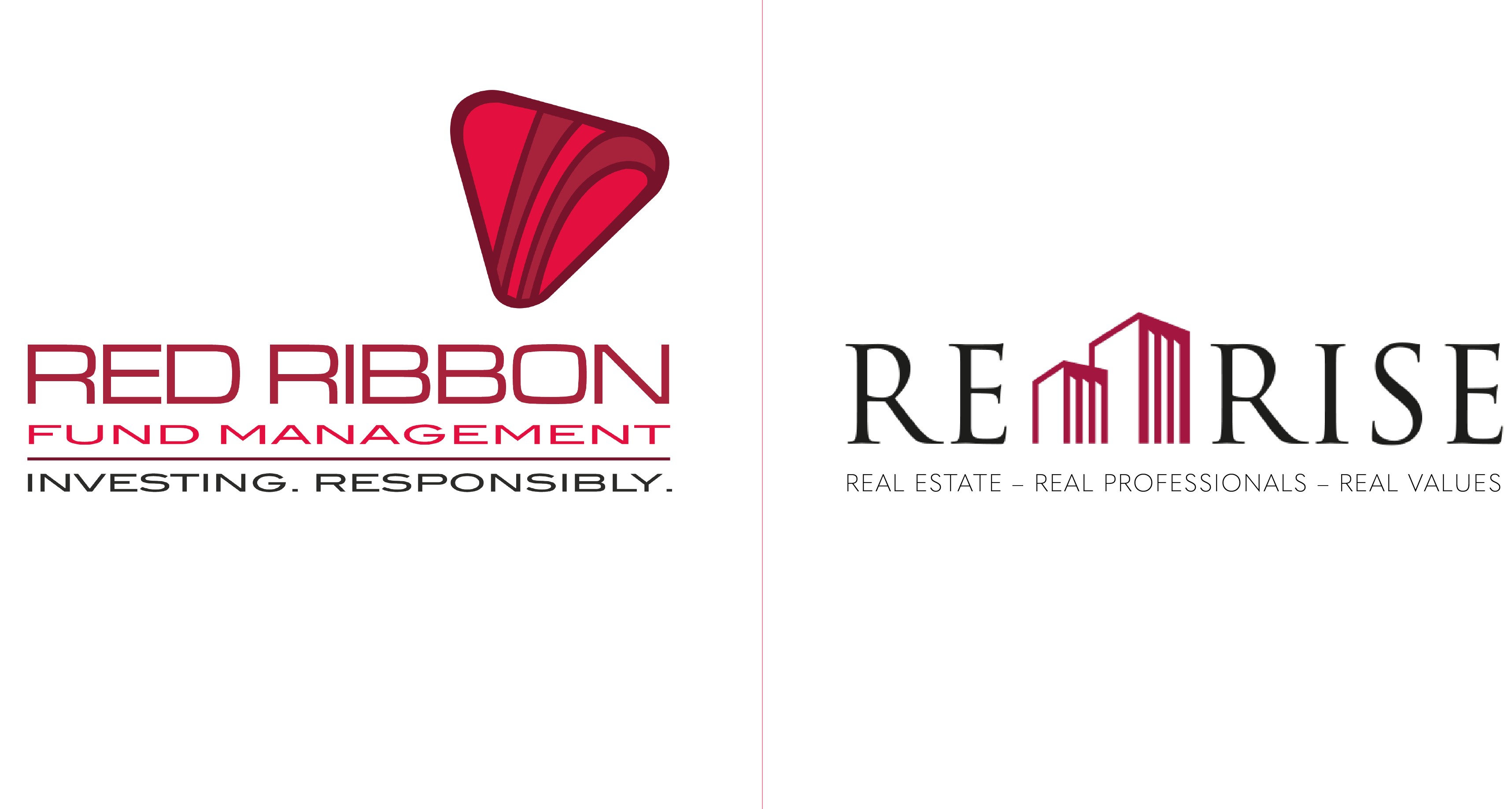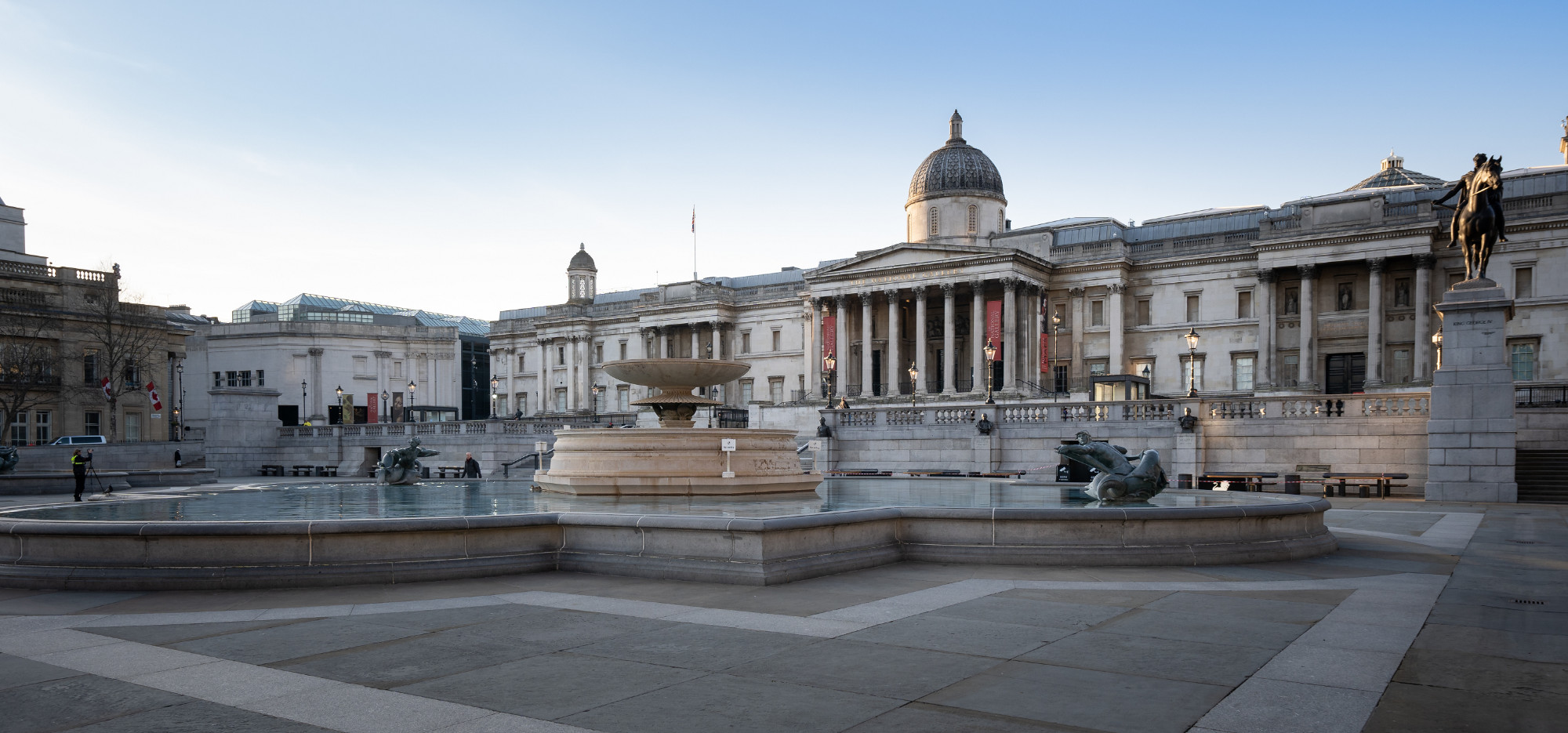India’s economic fortunes in the 70 years since gaining independence
This year’s Republic Day in India marks the 70th anniversary since it truly became an independent country, with its first elected President after the withdrawal of British rule in 1947. Since then, every year on January 26th, the nation celebrates its hard-won achievement.
India’s first elected President was Dr. Rajendra Prasad, who took his oath at the Durbar Hall in Government House. Since that time, India has proudly voted for its own President during elections and celebrates that independence with joy and jubilation.
Of course, the year is now 2019 and many things have changed since 1950. Ram Nath Kovind is the country’s 14th President, with Narendra Modi serving as Prime Minister. The economic landscape is very different from 70 years ago and it continues to transform further as a combination of financial, digital and ecological developments demand.
Economic output
It’s never easy to gain a true comparison of economic performance between years gone by and any given year in today’s era. However, the available data does give an idea of the make up of economic growth and also the rate at which a country expands – or contracts.
Given India’s size, population, agricultural performance and the more recent growth of eCommerce and finance, you likely won’t be surprised to find that the current pace of GDP growth is superior compared to the rates of growth achieved in 1950.
Data from India’s Central Statistics Office shows that GDP growth in the 1951-52 financial year was 2.3%, with the main contributor to that growth, being the agricultural sector.
Until recently, academics have placed India’s average rate of GDP growth at somewhere between the 3.5% to 4.5% level. But that average is well below the 7.5% rate of GDP growth anticipated for 2018 and also that masks many peaks and changes in the country’s fortunes and chosen paths.
The official data show that after some notable peaks and troughs, GDP has been broadly positive and even prosperous since the 1980s. India’s economic landscape, however, has shown a consistent picture of agriculture losing its place as the major part of the economy, being replaced by the services sector.
Where agriculture made up over half of activity and profits in the 1950s, it now accounts for around 18% of GDP growth, despite employing close to 50% of its population. The services sector, meanwhile, has doubled from a proportion of around 30% of GDP in the 1950’s to the 60% mark, today.
This switch between the dominance of two key industries across India highlights the way technology and digitisation have evolved and been embraced across the country and indeed, the world. While some pain has been felt along the way during that transformation, it also shows that even though it is a huge country with an impressive population, it is able to recognise when change is required and crucially, to implement that change.
Modern economic drivers
Republic Day is a wonderful to day to remember that after 20 years of struggling to gain independence, it was finally achieved. It is also a day to reflect on how, as an independent country, India has chosen to adapt to and even welcome wide-reaching changes, today.
Technology and digitization is something that has affected every industry and by embracing that, the future for India’s economy has become brighter.
Manufacturing has changed thanks to the way technology has enhanced its capabilities and made it a safer environment for its workers. Meanwhile, tourism and eco-hospitality are also examples of where the abilities of technology, combined with the wants of a modern society, can be incorporated to produce something that not only services the needs of consumers, but also the needs of the environment in the name of sustainability.
[nectar_btn size="large" open_new_tab="true" button_style="regular" button_color_2="Accent-Color" icon_family="none" url="https://ecohotels.in/ordinary_shares" text="Invest in Pre-IPO opportunity in Eco Hotels"][nectar_btn size="large" open_new_tab="true" button_style="regular" button_color_2="Accent-Color" icon_family="none" url="https://modulexglobal.com/ordinary_shares" text="Invest in Pre-IPO opportunity in Modulex"]
Red Ribbon CEO, Suchit Punnose said:
Republic Day is a special day, not only because of the celebrations that mark its passing, but also because it underscores that as a country, India is always moving forward, developing and achieving thanks to its own population and ability to embrace change.
Red Ribbon embodies that sentiment and our investment in industries such as modular construction, through Modulex and the eco-hospitality sector, with Eco-Hotels, show that we’re always looking towards supporting a prosperous future for India’s economy and vast population.
We look forward to continuing to play our part in India’s future, participating to the utmost in the opportunities the subcontinent’s explosive growth has to offer and at the same time providing above market rate returns from our investors in what I am convinced will continue to be one of the world’s most exciting markets for many years to come.
[social_buttons full_width_icons="true" facebook="true" twitter="true" google_plus="true" linkedin="true" pinterest="true"]




